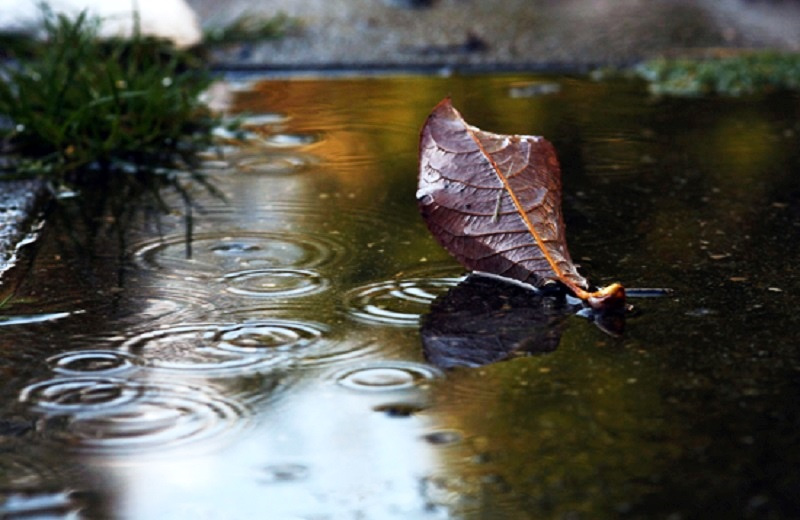There can be few events in the world of landscaping that bring more gardeners closer to tears than them discovering that their garden has been flooded. This can occur on two timescales with one being a slow realisation that water is rising within your garden, and you are seemingly helpless to do anything to stop it. The other is where it occurs suddenly where your garden has gone from your own little paradise, to what seems like a watery hell, overnight.
The first question most gardeners ask at this point is ‘Why me?’, and all we can do to answer that is say do not take it personally. In other words, whatever powers are at play with regards to the flooding, it was not aimed directly at you. Instead, and on a more practical level, your questions should be, ‘What is the cause?’, followed by, ‘How do I rectify it?’
We first want to point out that although in many areas excessive rainfall can be a contributory factor, that is not going to apply to everyone, especially those who live in areas that have low rain fall. Also, downpours of rain tend to be sporadic, and so, if your garden is flooding when there is no rain, or the rainfall is what might be considered ‘normal’, then there is something else that is causing the issue.
Landscaping experts tell us that one of the most common reasons that a landscape garden might flood is that the drainage process below the surface is poor, and thus water levels underground is rising to the point of flooding on the surface. The causes of poor drainage can vary, and it may be a case of you doing some detective work to discover the primary cause.
First, there is the possibility that the ground underneath consists of large amounts of water-retentive clay. If it does, any water is less able to drain through the pores which would normally exist in the earth under your garden. A second cause is that your landscaping project or garden might be at the base of an incline, and if this is a particularly steep hill, you have a better than average chance of water flowing down and accumulating in your garden.
You might get on great with your neighbours, however, that relationship may become strained when you discover that the reason your garden is flooding is as a result of what is happening on their side of the fence. One example might be building work which is causing any excess water in their garden to drain towards yours. Another might be simply that the drainage within their garden is towards yours, possibly due to an incline.
If you get to the stage where you want to try to fix the drainage issues in and around your garden, then we must point out that this is not likely to be a cheap exercise. For that reason anyone considering paying for drainage works needs to ensure that you are 100% positive that you do actually have drainage issues, rather than a one-off event that caused water to temporarily accumulate in your garden.
The check is done by digging a 2 foot deep hole in your garden, filling it with water, and then checking 4 hours later to see if the water has drained away. If it has not, then this confirms you have genuine drainage problem and should call in a professional drainage company. If the water has gone after 4 hours then the amount of remedial drainage work may not be as significant as first thought.







